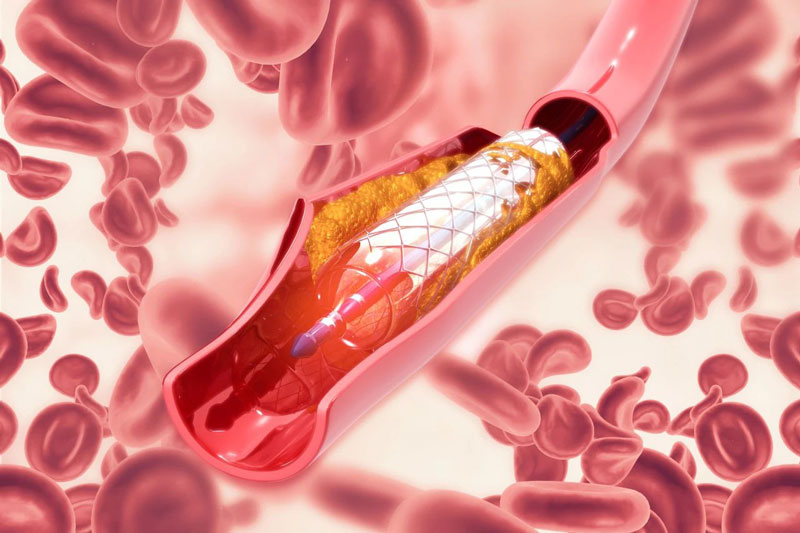Health popularization
Citicoline sodium, as a neuroprotective agent, can promote the recovery of nerve function, help the brain “reboot” and regain the quality of life.
People are facing the greatest stroke challenge in the world. According to the results of the global burden of disease (GBD) study, there were 3.94 million new strokes in 2019, 28.76 million stroke patients, and 2.19 million stroke deaths.
About 80 percent of stroke survivors are left with some degree of neurological impairment, ranging from limb paralysis to cognitive impairment, from speech impairment to swallowing difficulty, and so on.
These residual sequelae are like invisible shackles that confine stroke patients to a life of dependence on others. Therefore, rehabilitation treatment for stroke patients is very important.
This article will take the nerve injury after stroke as an entry point to further understand the neuroprotective effect of citicoline sodium.
Pathological code of nerve injury
A chain reaction from ischemia to loss of function
After stroke, cerebral vessels suffer a “cut-off crisis”, and the brain tissue opens a complex cascade of damage within a few minutes due to ischemia, including excitotoxicity, mitochondrial reaction, free radical release, protein misfolding and inflammation, which eventually leads to irreversible damage to nerve cells.
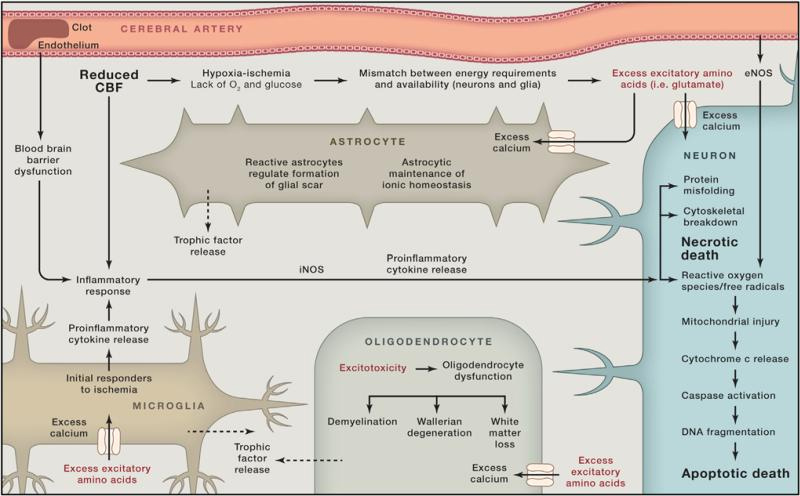
Patients lose an average of 190 neurons per minute, which is equivalent to 3.6 years of normal aging.
Human movement, language, memory and other functions are regulated by nerves in specific areas of the brain.
When the nerves in a certain area are damaged, the brain will be like a city without power, and the functional area will fall into darkness, and the corresponding functions regulated by this area will be limited.
Although reperfusion therapy within 4.5h after stroke can restore blood perfusion to the ischemic area, in fact, the global median prevalence of endovascular therapy in patients with acute ischemic stroke is only 2.79%.
In 2023, only 7.1% of eligible acute ischemic stroke patients in China ended up receiving endovascular therapy, with many patients suffering from severe neurological dysfunction due to missed time Windows.
Even if a patient receives reperfusion therapy, there can be a second blow – in some patients, reperfusion injury can further destroy the fragile nervous system.
This also makes neuroprotective therapy have a wider prospect and great significance.
Studies have shown that drugs with the potential to enhance endogenous brain plasticity and repair can reduce acute brain injury and improve functional recovery in animal models of stroke, even when administered hours after an ischemic event.
self-healing revolution of the neuroplastic brain
The strength of the nervous system lies in its plasticity, which is the ability of the nervous system to adjust and change its function and structure in order to adapt to changes in the internal and external environment, and is the basic mechanism of the brain to respond to changes in injury, so that it can spontaneously repair and restructure its structure and function after the injury.
Due to the characteristics of neuroplasticity, the limited function of the nervous system after injury can be improved to a certain extent or even better through later rehabilitation training.
The brain can form new synapses to replace damaged connections through structural remodeling, rebuilding the “information highway”, and other healthy brain areas can compensate for the damaged areas and take over some functions.
Neuroplasticity is an important mechanism of post-stroke rehabilitation. After stroke, even if some neurons die, the brain can still partially recover the lost function by changing the connection and function of the remaining neurons.
This includes changes in synaptic plasticity, the formation of new neurons, and the reconstruction of axons and dendrites.
Studies have shown that the cognitive level of most patients in the 12 months after stroke is gradually improved compared with the acute phase, which mainly depends on the neuroplasticity mechanism of the central nervous system itself.
In short, this self-repair mechanism of the brain leaves the possibility of maximum recovery of body function.
After stroke, the brain will repair itself to improve nerve function, but the spontaneous recovery time of humans needs at least 3 months.
Citicoline adds fire to nerve repair
Citicoline is a neuroprotective agent that can protect vulnerable neurons, thereby reducing or preventing disease progression.
It has neuroprotective effects of blocking neuronal damage and nerve repair effects after neuronal damage. The treatment time window of citicoline was widened.
Citicoline has multi-target pharmacological effects, and these mechanisms make it have significant potential in neuroprotection and nerve repair.
An animal study established a stroke model through middle cerebral artery occlusion (MCAO) to explore the mechanism of action of citicoline on motor recovery after stroke.
The results showed that treatment with citicoline 24 hours after MCA occlusion in rats increased the synaptic spines of neurons and increased motor and functional recovery in the treated animals.


In an animal study, citicoline was administered within 24 h after the stroke model was induced for 10 consecutive days, and the study showed that citicoline promoted the production of new neurons by increasing neurogenesis in the periinfarction area, the subventricular area and the dentate gyrus, thereby significantly improving motor and sensory function in rats.
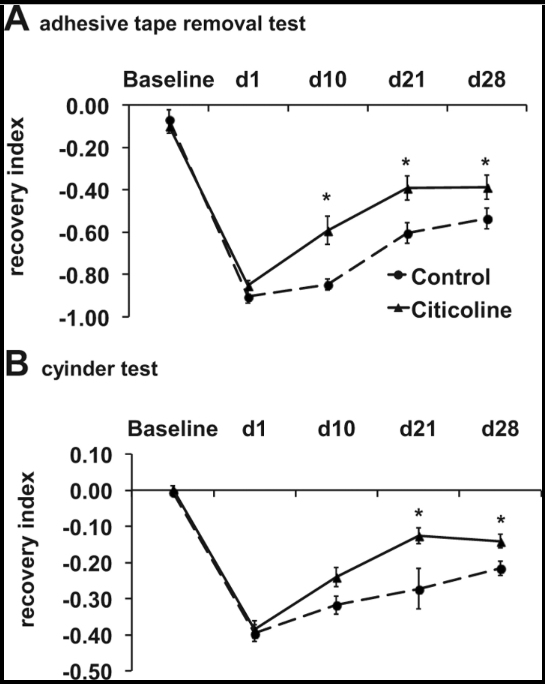
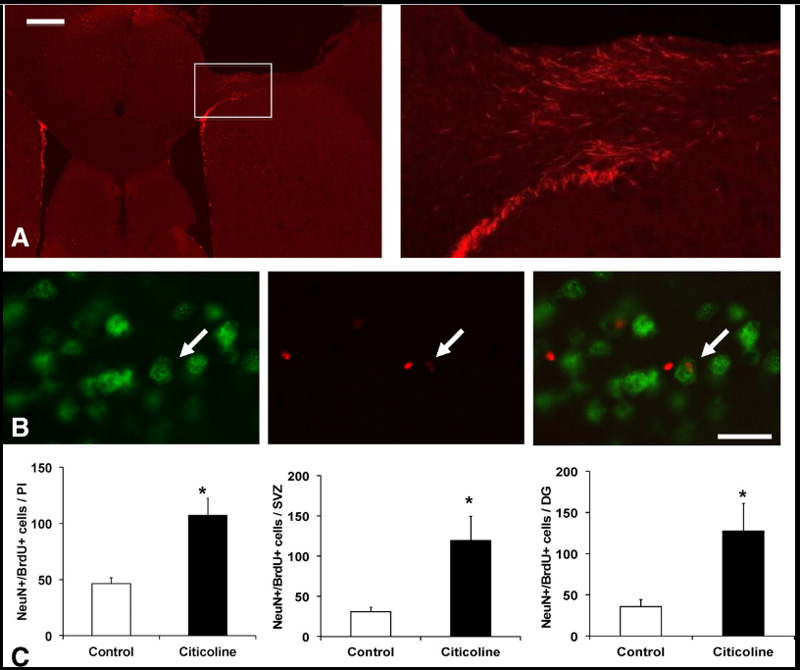
Rehabilitation after stroke depends on our brain’s ability to rebuild the structure and functional organization of neurovascular networks.
Animal studies have revealed the neuroplasticity promoting effects of citicoline, suggesting that it may enhance the repair process, reduce acute brain injury and restore damaged brain function, helping patients maximize functional recovery.
Citicoline supports evidence-based medicine in post-stroke rehabilitation
In 2002, the American Journal Stroke published a meta-analysis of clinical trials in patients with acute ischemic stroke,
which showed that oral citicoline increased the likelihood of stroke patients recovering after 3 months.

An open-label, randomized, parallel study of 347 patients with first stroke, including the citicoline group (1000mg/d, n=172), treated for 1 year, all patients underwent neuropsychological assessments at 1 month, 6 months, and 1 year of stroke to evaluate the possible efficacy of long-term citicoline administration in preventing cognitive decline after stroke.
The results showed that long-term application of citicoline significantly improved the attentional executive function, spatiotemporal orientation, and quality of life of patients after stroke.
A 2016 meta-analysis of citicoline in the treatment of acute ischemic stroke showed that citicoline administration was associated with a significantly higher rate of independence (mRS Score 0-2), independent of the assessment method used.
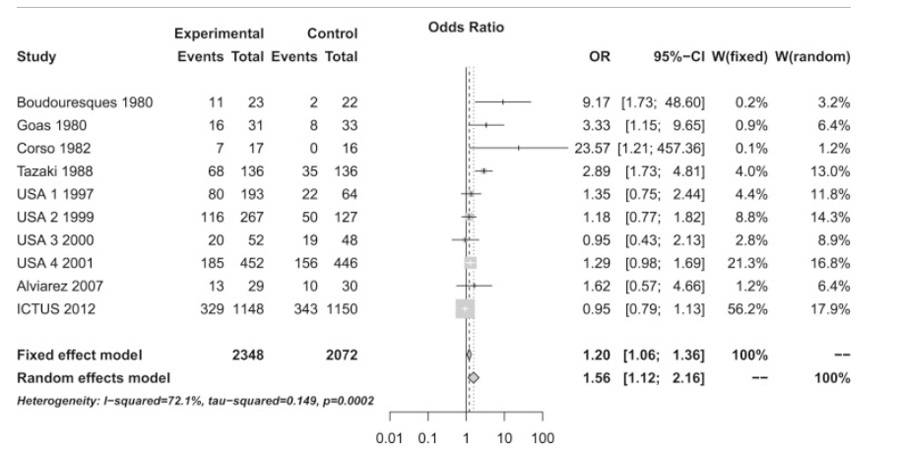
Stroke recovery is a race against time.
Citicoline sodium, as a drug with significant neuroprotective effects, can significantly enhance the endogenous mechanisms of neurogenesis and nerve repair.
This characteristic makes it play an important role in the rehabilitation process of stroke.
It can promote the regeneration and repair of damaged neurons,
accelerate the reconstruction of neural network, and effectively improve the nerve function of patients.
In this race against time, citicoline sodium is undoubtedly a powerful help.
reference
- [1] George PM, Steinberg GK. Novel Stroke Therapeutics: Unraveling Stroke Pathophysiology and Its Impact on Clinical Treatments. Neuron. 2015 Jul 15;87(2):297-309.
- [2] Saver, Jeffrey L. “Time is brain–quantified.” Stroke vol. 37,1 (2006): 263-6.
- [3] Xiong Yunyun, Li Guangshuo, Ma Yujie, et al. Stroke: Looking back 2024[J]. Chinese Journal of Stroke, 2019,20(01):1-19. (in Chinese)
- [4] Dávalos A, Alvarez-Sabín J, Castillo J, et al. Citicoline in the treatment of acute ischaemic stroke: an international, randomised, multicentre, placebo-controlled study (ICTUS trial). Lancet. 2012;380(9839):349-357.
- [5] Fang Rong, Chen Shengdi. The role of neuroplasticity mechanisms in the recovery of cognitive function after stroke [J]. Journal of Stroke and Neurological Diseases, 2017,41(05):387-394.
- [6] Wang Wei, Wu Jialing. Research progress of early rehabilitation of stroke [J]. Chinese Journal of Stroke,2019,14(09):896-901. (in Chinese)
- [7] Hurtado O, Cárdenas A, Pradillo JM, et al. A chronic treatment with CDP-choline improves functional recovery and increases neuronal plasticity after experimental stroke. Neurobiol Dis. 2007 Apr;26(1):105-11.
- [8] Diederich K, Frauenknecht K, Minnerup J, Schneider BK, Schmidt A, Altach E, Eggert V, Sommer CJ, Schäbitz WR. Citicoline enhances neuroregenerative processes after experimental stroke in rats. Stroke. 2012 Jul;43(7):1931-40.
- [9] Dávalos A, Castillo J, Alvarez-Sabín J, et al. Oral citicoline in acute ischemic stroke: an individual patient data pooling analysis of clinical trials. Stroke. 2002 Dec;33(12):2850-7.
- [10] Alvarez-Sabín J, Ortega G, Jacas C, et al. Long-term treatment with citicoline may improve poststroke vascular cognitive impairment. Cerebrovasc Dis. 2013;35(2):146-54.
- [11] Secades JJ, Alvarez-Sabín J, Castillo J, Díez-Tejedor E, Martínez-Vila E, Ríos J, Oudovenko N. Citicoline for Acute Ischemic Stroke: A Systematic Review and Formal Meta-analysis of Randomized, Double-Blind, and Placebo-Controlled Trials. J Stroke Cerebrovasc Dis. 2016 Aug;25(8):1984-96.



